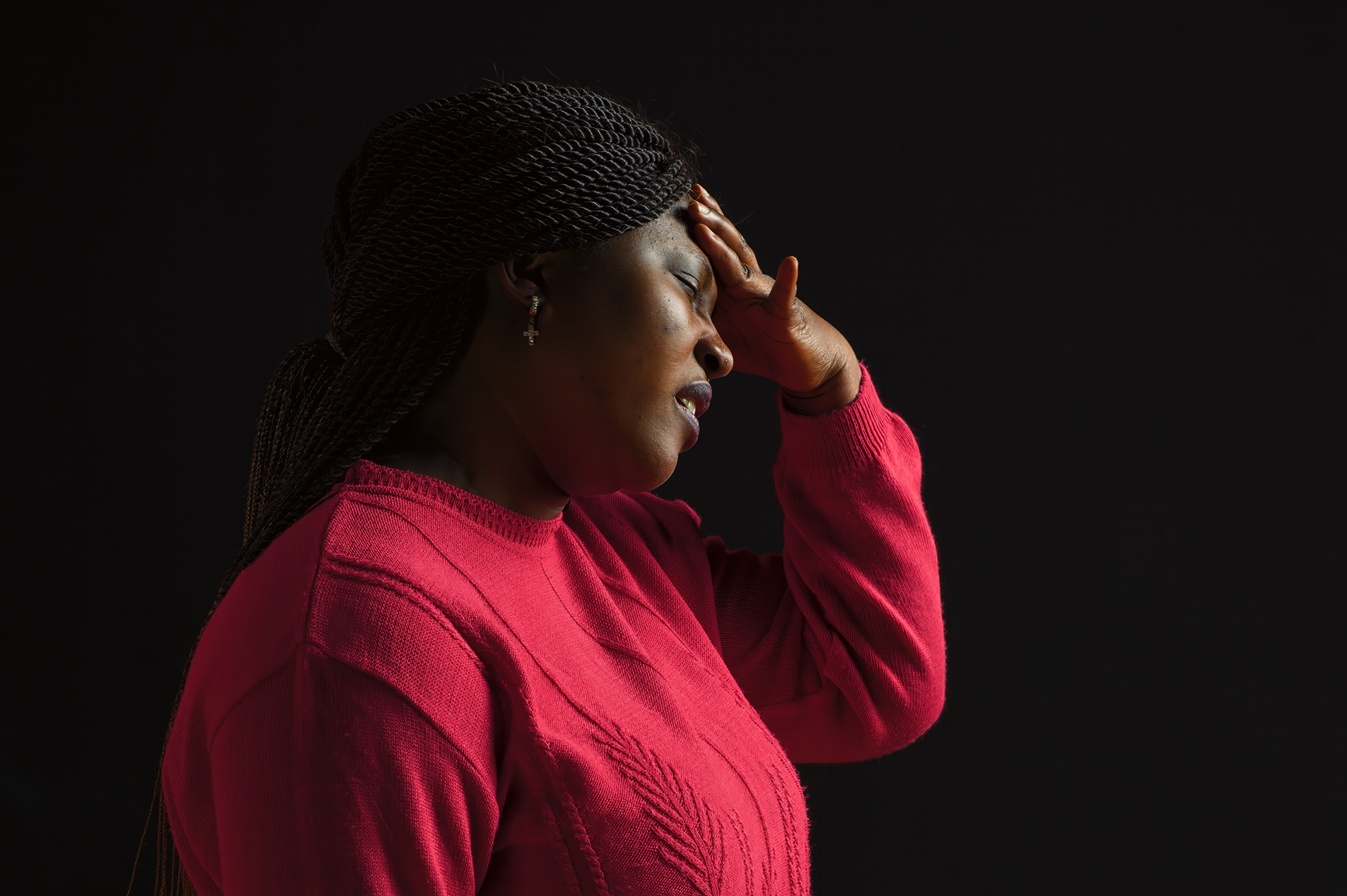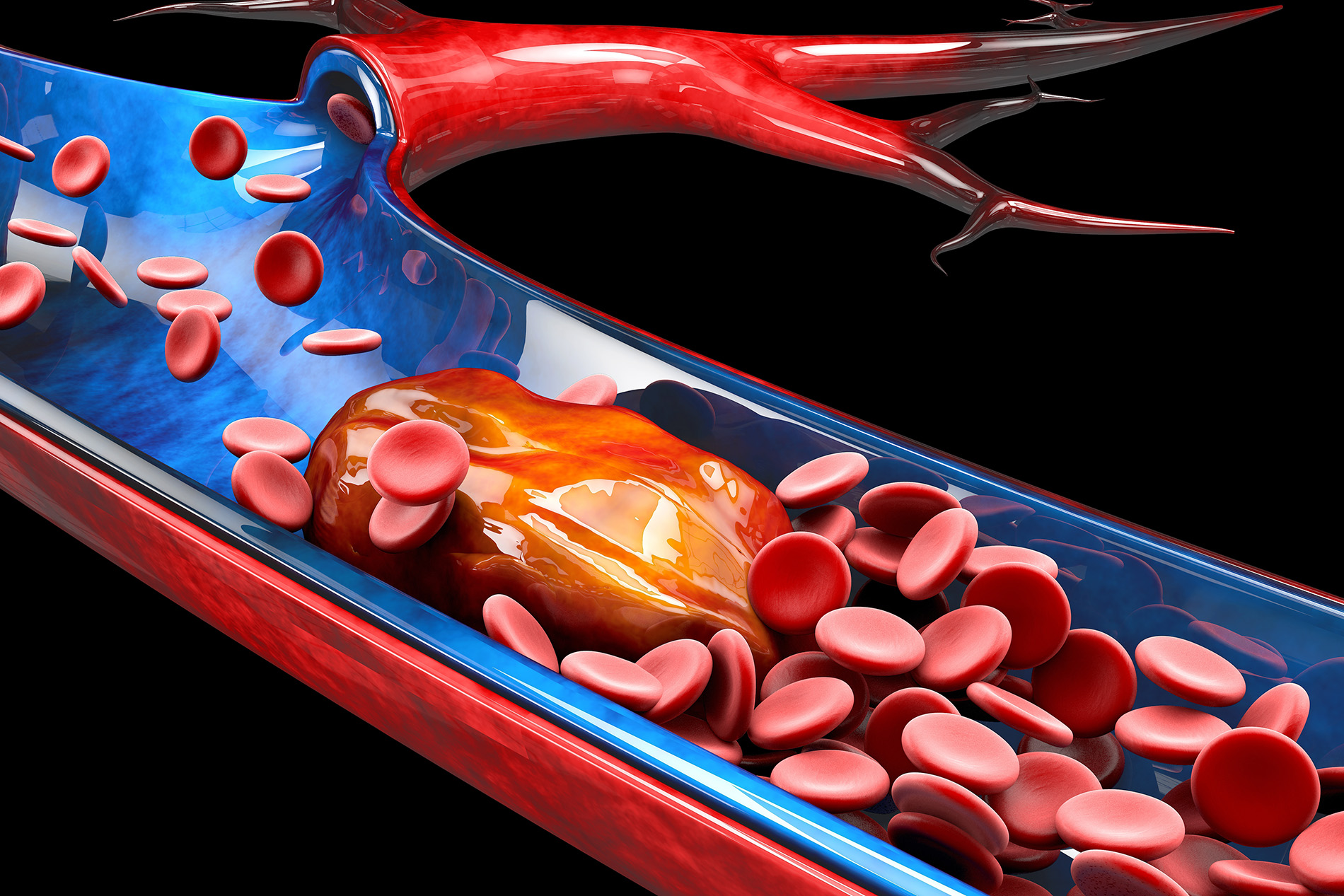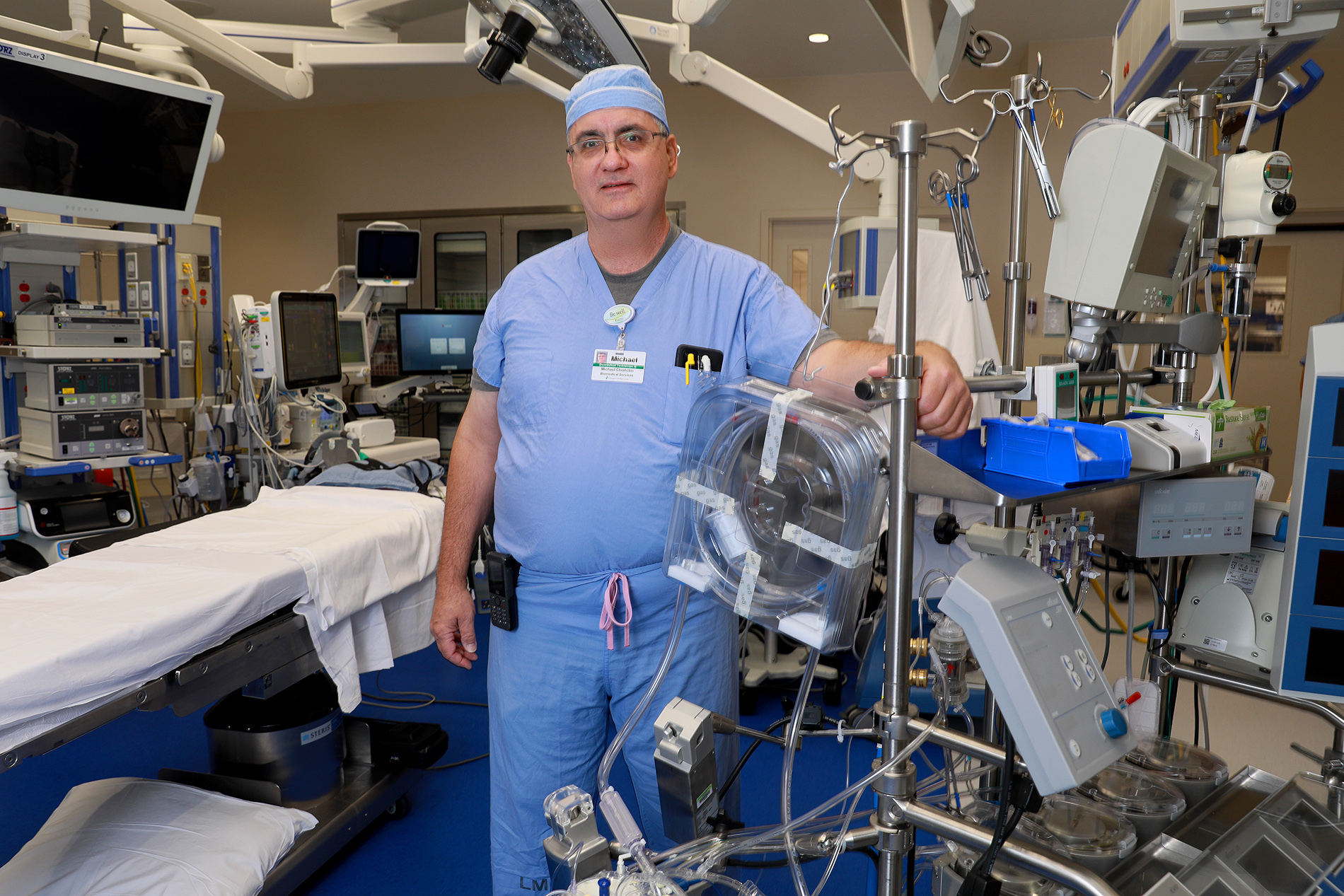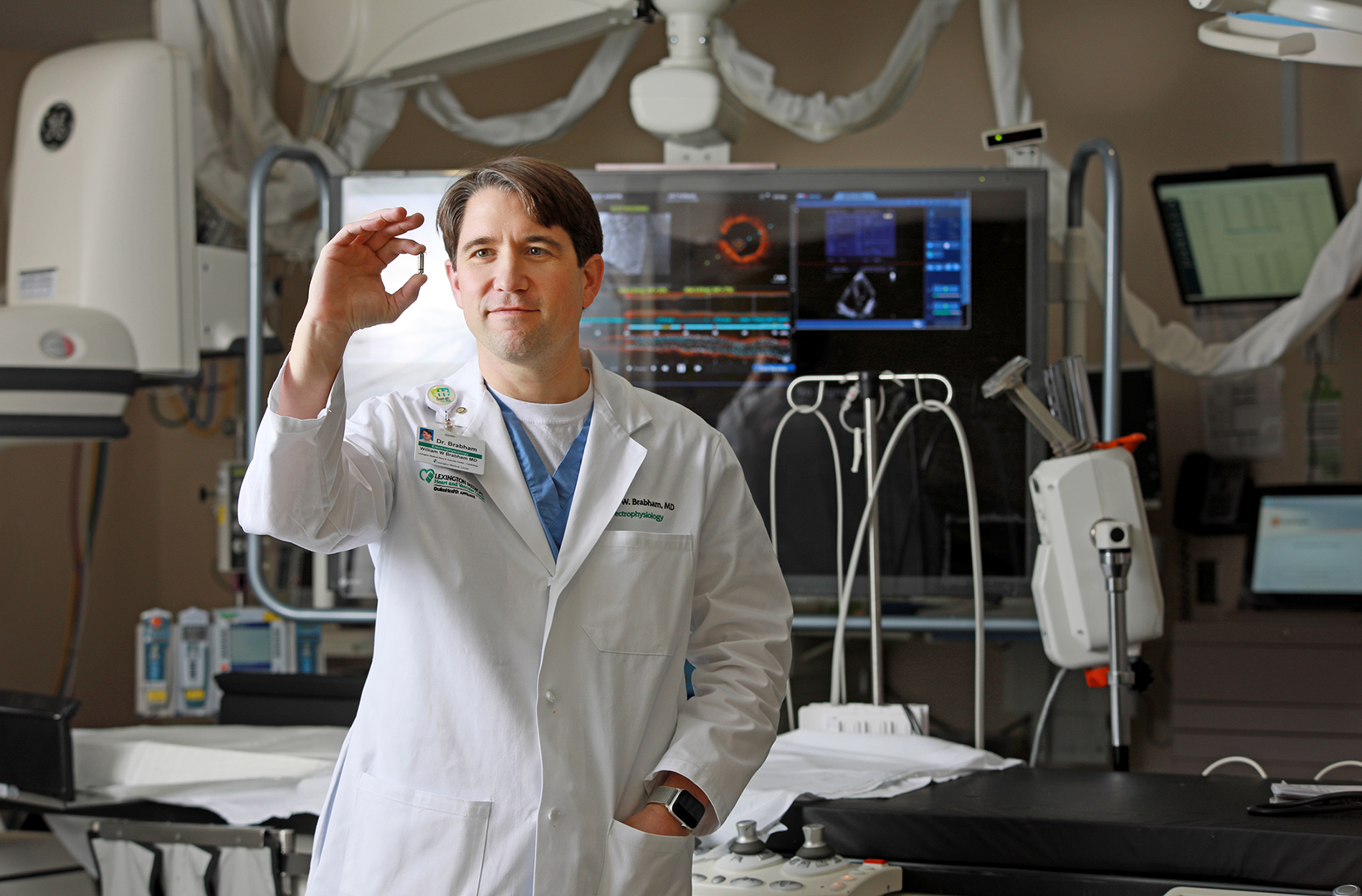Stroke is the third leading cause of death for women (and the fifth leading cause of death for men). Each year, 55,000 more women have a stroke than men.
Because women live longer than men generally, stroke will have a greater negative effect on their lives. More women will:
- live alone when they have a stroke;
- be more likely to live in a long-term health care facility after a stroke;
- have a worse recovery after stroke.
It is important to learn the warning signs of a stroke so you will be able to recognize them if one or more happens to you or a loved one. Once you know the signs, it is extremely important to recognize them when the first symptoms appear and call 9-1-1. By calling 9-1-1, EMTs can alert the hospital before you arrive so they can begin preparations to diagnose and treat you immediately upon arrival.
You may be tempted to downplay your symptoms and not want to go to the hospital. This reaction is normal, but you need to get to a hospital where experts are trained in the diagnosis and treatment of stroke. It can make the difference between life and death.
Stroke symptoms are often called “suddens.” The key to identifying these symptoms is understanding that they come on suddenly.
- SUDDEN numbness or weakness of face, arm or leg, especially on one side of the body
- SUDDEN confusion, trouble speaking or understanding
- SUDDEN trouble seeing in one or both eyes
- SUDDEN trouble walking, dizziness, loss of balance or coordination
- SUDDEN severe headache with no known cause
Unique Symptoms in Women
Women may report symptoms that are different from the common symptoms, including:
- Loss of consciousness or fainting
- General weakness
- Difficulty or shortness of breath
- Confusion, unresponsiveness or disorientation
- Sudden behavioral change
- Agitation
- Hallucination
- Nausea or vomiting
- Pain
- Seizures
- Hiccups
These unique symptoms are often not recognized as stroke symptoms, and treatment is often delayed. The most effective stroke treatments are only available if the stroke is recognized and diagnosed within the first three hours of the first symptoms.
Unique Risk Factors in Women
One way to improve your odds of not having a stroke is to learn about the lifestyle changes and, if necessary, medications you can take to lower your stroke risk. In addition to general risk factors, such as family history, high blood pressure, high cholesterol, diabetes, smoking, lack of exercise and being overweight, women are faced with additional risk factors:
- Birth control pills: The greatest concern about using oral contraceptives is for women with additional risk factors, such as age, cigarette smoking, high blood pressure or diabetes.
- Pregnancy: Stroke risk increases during a normal pregnancy due to natural changes in the body such as increased blood pressure and stress on the heart.
- Hormone replacement therapy (HRT): The combined hormone therapy of progestin and estrogen relieves menopausal symptoms.
- Migraine headaches with aura: Migraines can increase a woman’s stroke risk two and a half times, and most people in the U.S. who suffer migraines are women.
Source: Stroke.org






Leave a comment